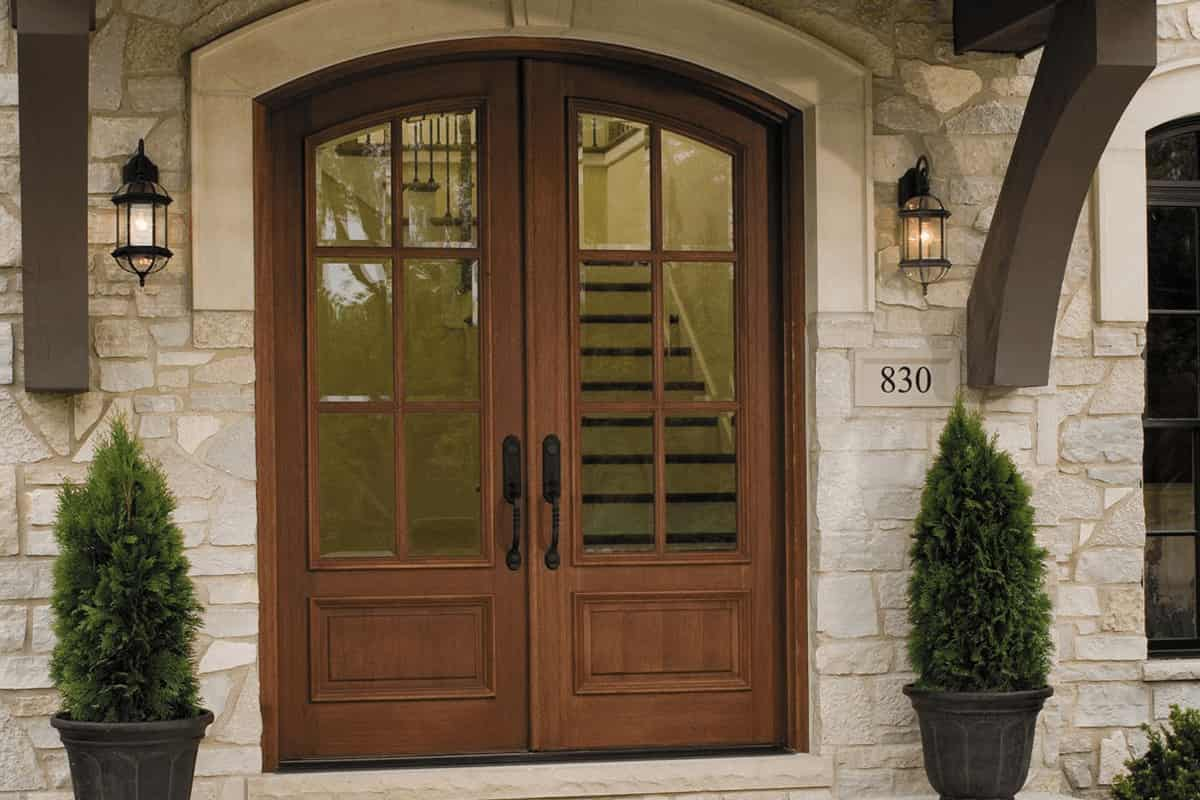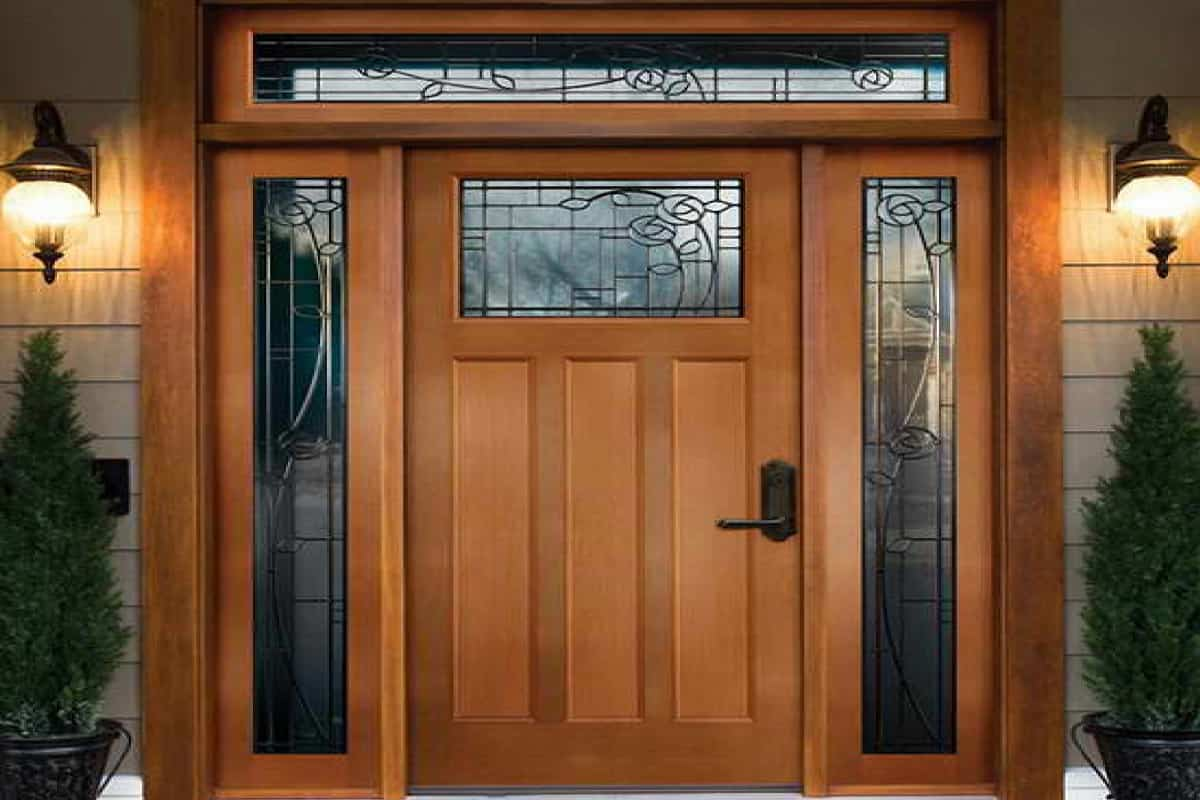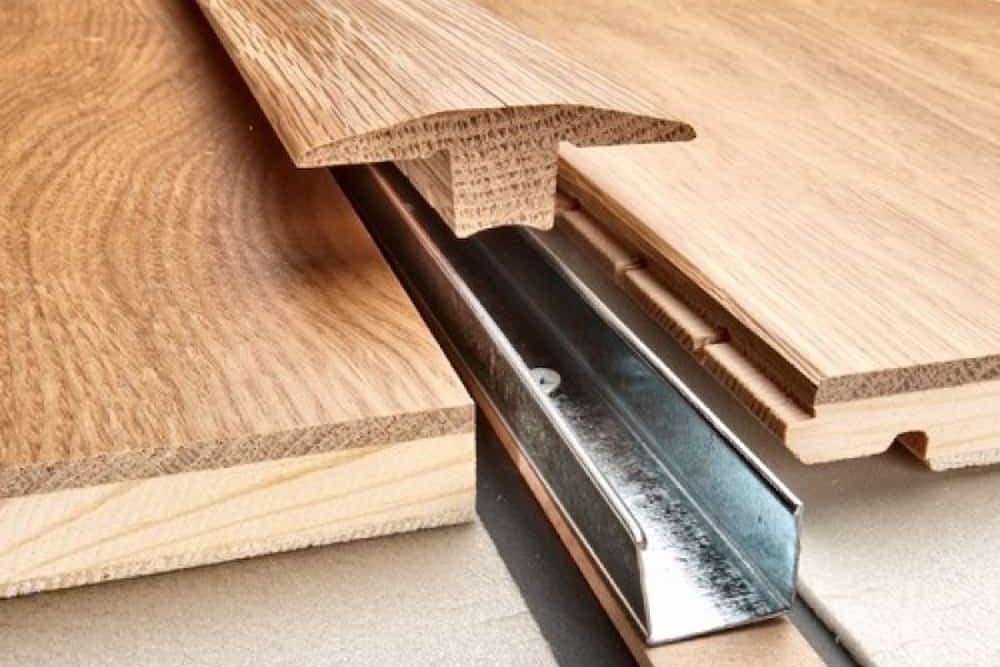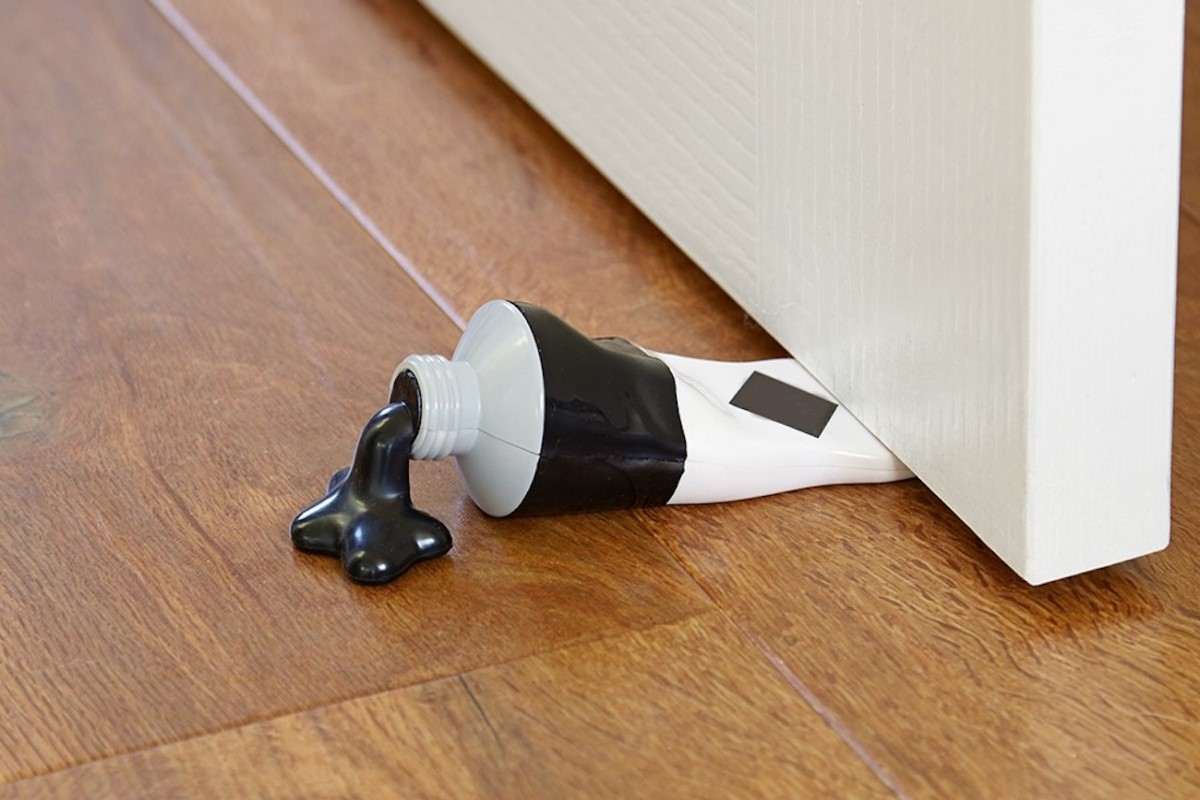Without adequate care, the rust damage on the steel door of your business property may worsen day by day until it is repaired completely. How to repair it?
Rust, if not fixed, will grow and eventually ruin the door’s surface and structural components. Metal doors may have rusty areas removed, then rust-inhibiting coatings applied, giving them a new, appealing appearance and extending their usable life for years to come.
Cutting corners when painting rusted metal doors can ultimately result in extra time and expense. To make sure that your metal doors are correctly fixed and painted, it is advisable to contact a skilled business painter.
Any rusty metal door must be repainted using the right preparatory techniques and paint. Before repainting, all rust must be completely removed using the right equipment.
In order to avoid affecting the appearance of your completed door or allowing future moisture infiltration, dents and holes must also be fixed properly. In order for the paint to effectively adhere to the metal, the doors must also be primed and sanded in between coats of paint.
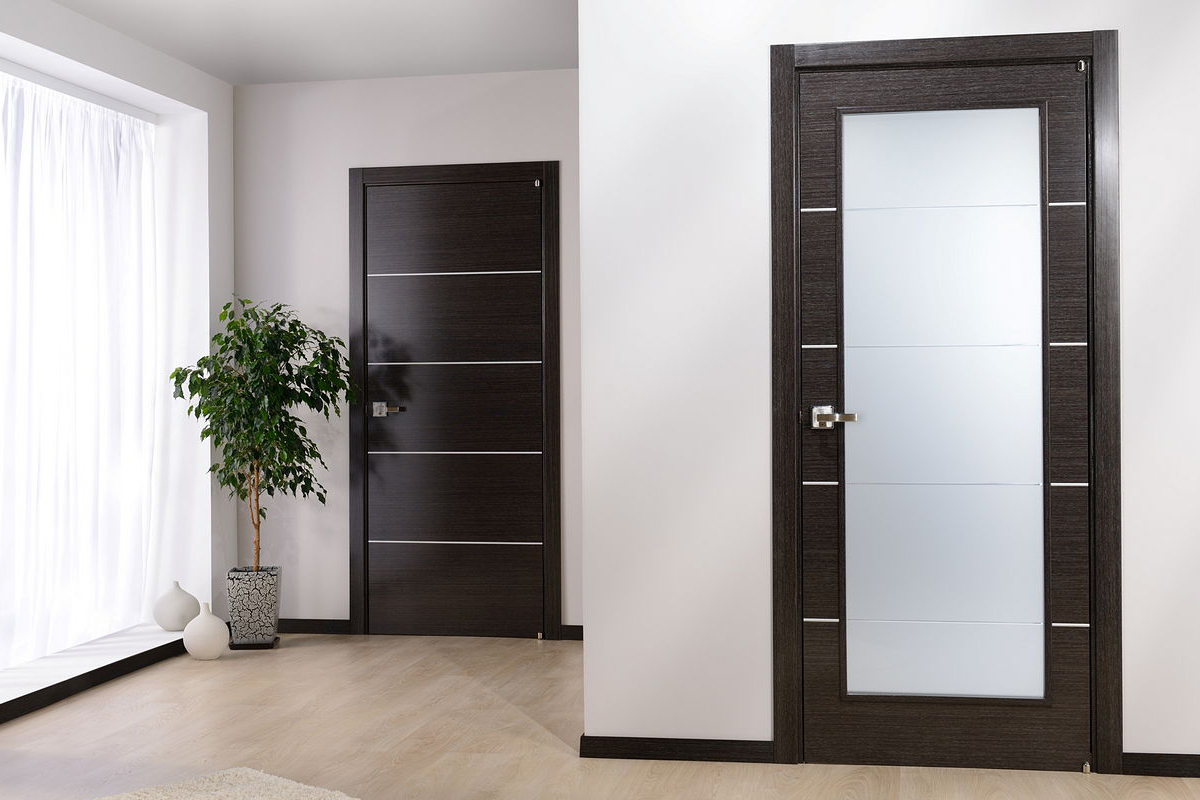
If you’re willing to put in a little more effort, you can remove garage door rust, albeit it will need some work on your part. Rust at the bottom of your metal garage door is not only unsightly, but if it is ignored it may also result in some damage. It may leave holes in the metal and essentially chew through it. As a result, the structural integrity of the door will be compromised, and your garage will be exposed to dirt and rain.
Even though the majority of contemporary garage doors are resistant to rust, an older steel garage door may ultimately corrode. The bottom of the door, which is exposed to rain, snow, and corrosive substances like sand and salt, is where rusting is most often seen. Additionally, rusting is more likely to occur if you reside near a body of water because of the corrosive impacts of damp, salty air.
It’s critical that you address the issue as soon as you see rust on your garage door. If left unchecked, rust will deface the look of your garage door and ultimately start to eat holes in it because it spreads more quickly than you may expect. This article will walk you through the process of treating rust on steel garage doors.
To have a steel garage door that doesn’t rust and yet appears like new, follow these four procedures.
1.) Remove rust.
Clean any rusty spots with a cloth dipped in white vinegar. The rust will react with the vinegar and disintegrate as a result. To remove the rust, scrub with a steel-wool pad. To stop the oxidation process from continuing, it’s crucial to remove all of it. You run the risk of your rust spreading. This is why covering rust by merely sanding and painting isn’t the best option.
- Close up all gaps
Use car body filler or similar metal-specific bonding solution to repair any holes in the door. Use fine-grit paper to sand the area once the filler has dried. After that, sand the whole door. When finished, use a brush or dry towel to remove any dust.
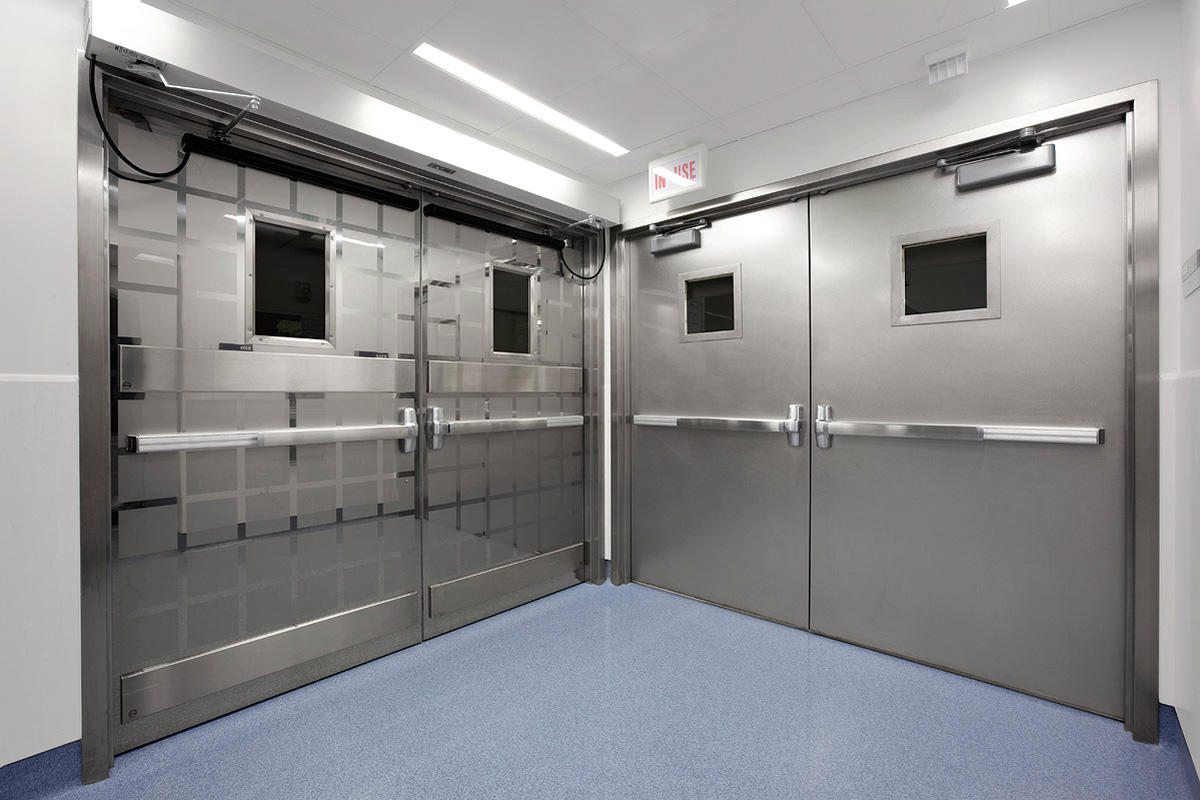
3) Clean the door
Prior to painting, the door must be completely cleaned since grease and debris will prevent the paint from adhering. Additionally, painting over any pieces of debris may create lumps on the surface, so avoid doing so. Warm water and dish soap will work just fine, but trisodium phosphate in warm water will provide the greatest results (TSP). Follow the instructions on the product’s package to calculate the TSP to water ratio. Finally, give the garage door a good cleaning with your hose before letting it air dry.
4.) Paint the entrance.
Your garage door needs primer and paint. Make sure you use rust-resistant primer and paint made specifically for metal garage doors. Always verify if the garage door’s maker suggests using certain painting supplies and methods.
A paint sprayer is the most effective tool for painting a garage door. The slots in the door panels make it possible that paintbrushes and rollers will leave dripping marks. It may be necessary to use two coats of paint. Alternatively, you might decide to use a paintbrush rather than a sprayer to apply primer and paint just to the areas where the rust was removed, followed by a final coat to cover the whole door. Always let the primer and paint fully dry in between layers.
It is advised that you paint the whole door rather than only using primer and paint to fix up the damaged sections. Otherwise, flashing is likely to happen, which will make the door suffer since the freshly painted parts will show out against the rest of the door.
Only paint your garage door while it’s warm outside; painting it when it’s chilly outside can only end badly. Additionally, before you begin, check the weather to ensure there won’t be any rain for at least a few days.
Keep in mind that corrosion is often covered by warranties on modern garage doors. For instance, as long as the garage door is properly maintained once a year by a qualified professional business, Wayne Dalton classic steel garage doors provide the owner with a 10-year warranty against flaws like rust, cracking, and peeling. Avoid removing the rust yourself if your rust warranty protections are still in force. Make a call to the company that makes your garage door and let them fix the issue. Keep in mind that if you do the job yourself, you could not only pay more but your warranty might also be voided.
If your garage door has significant rust, you could be better off replacing it, particularly if it’s old and on the verge of failure. It may be possible to buy a replacement for only the bottom panel of the garage door in certain circumstances. Speak to a skilled repair specialist to learn more about this possibility.
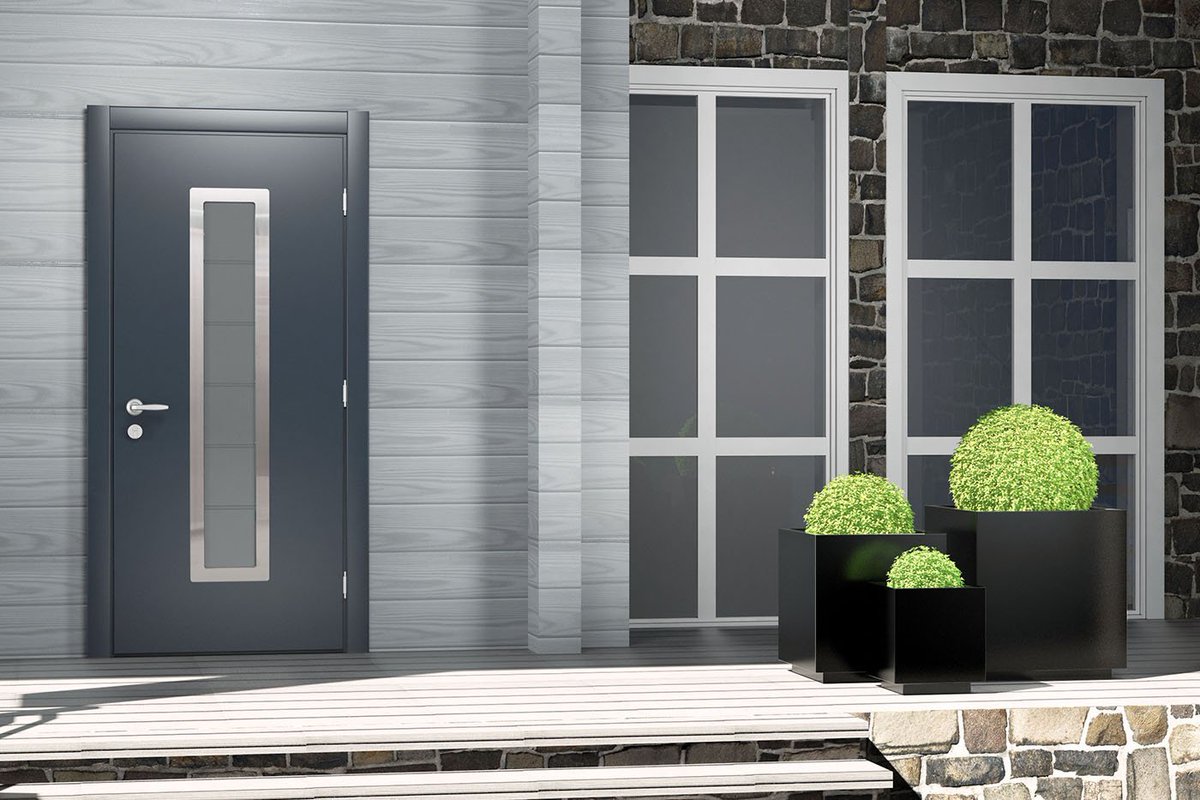
How door rust is repaired
Painting a steel door may revitalize the outside of your property, particularly if it is the front entrance, there is rust on it, and needs to be repaired. How about we start? However, since metal doesn’t absorb paint as wood does, applying paint to metal doors requires additional caution. If the procedure is not followed correctly, your paint finish may have a harsh texture. Like with other DIY projects, success depends on planning and having the correct supplies and equipment.
This article gives a step-by-step procedure to demonstrate how precisely to paint a metal door, from cleaning and priming to using the appropriate painting methods, so you may simply and quickly get the results you want.
Detach the door from its framework for the best effects. Although not necessary, doing so will help you get the greatest finish possible. After that, take off all of the door’s hardware, including the letterbox, handles, hinges (if the door has been taken out of the frame), knockers, etc. You’ll take longer if you paint uncomfortably around these things. Tape over any items you don’t want painted to guarantee a clean finish if you aren’t able to detach the equipment from your door.
Make sure the surface is clean before adding the paint for a smooth finish. Clean the surface of your door thoroughly using a degreaser and a cloth to get rid of any dirt, grease, oil, or grime.
After cleaning the door, dry it off with a clean, dry towel and let it aside for a half-hour or more before continuing.
The next step will depend on how well your door is currently performing. You will need to use a paint remover or heat gun to remove any flaky paint if it is present. When removing the previous paint, it’s crucial to avoid using an abrasive substance since this might harm the metal. Make careful to do this step in a well-ventilated place if you have removed the door from the frame since the paint stripper generates fumes. If the door is connected, ventilate the space as much as you can while wearing protective gear for your eyes and lungs.
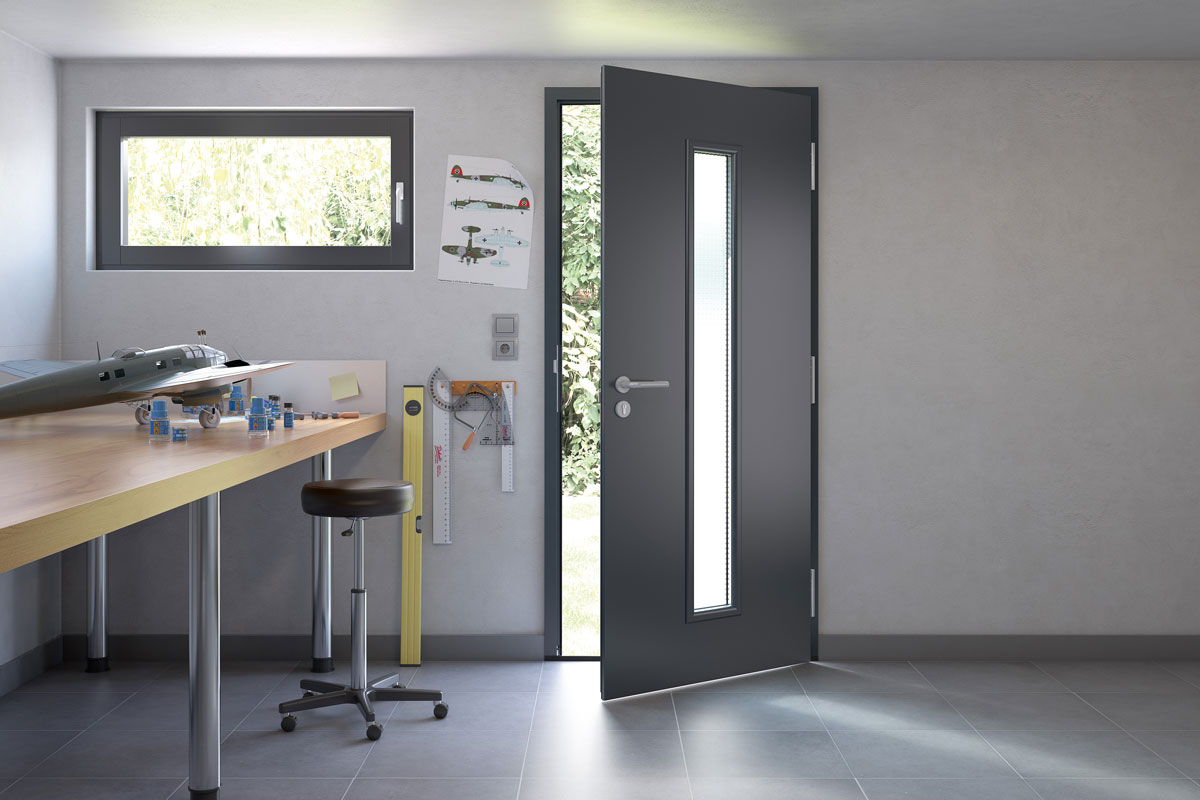
The next step is to sand your door down to make it easier for the primer and paint to adhere to the surface after you have removed any old paint or if your door is already paint-free. Sand the door carefully and softly using fine sandpaper, ideally 400-grit sandpaper, while wearing a dust mask and safety glasses.
Make sure you quickly clean away any sanding dust from the surface using a moist cloth.
Selecting a top-notch primer will provide your door protection and create a durable barrier. Your choice of primer will depend on the kind of paint you want to use on your door. This multi-surface primer will function well if you want to use latex or oil-based paint.
The major portions should be painted using a paint roller, and the panels and corners should be painted with an angled sash brush. It will need some time to dry, often one to three hours, depending on the primer you choose. Make careful to read the manufacturer’s directions, and if necessary, use a second coat.
Prior to continuing, make sure your primer is totally dry.
Apply one layer of exterior paint using your paint roller to the door’s flat surfaces, then use your angular sash brush to paint any paneled portions or corners. Usage an external satin or semi-gloss paint that is intended for external use.
It is essential to apply a minimum of two layers to produce a consistent finish that will endure. Before applying a further layer, make sure the previous one is totally dry. You can probably find out how many coats you’ll need and how long you should let each coat dry in the manufacturer’s instructions.
Work on one side of the door at a time if you are painting both sides of it since wet paint might smear if it contacts another surface too soon. After the painting is complete, let your door for at least 12 hours to thoroughly dry.
Reattach the equipment to your door after carefully removing any tape when the paint has completely dried. The last step, if your door was removed, is to rehang it.
On your metal door, you may use both water-based (acrylic or latex) and oil-based paints, however, each has advantages and disadvantages. Given that your exterior door will be exposed to the weather, you should choose a paint that is listed as rust- and fade-resistant.
The majority of people choose external acrylic or latex paint for metal doors since it is simple to maintain and extremely immune to fading over time. Additionally, it is less messy to use than oil, dries rapidly, and is simpler to apply.
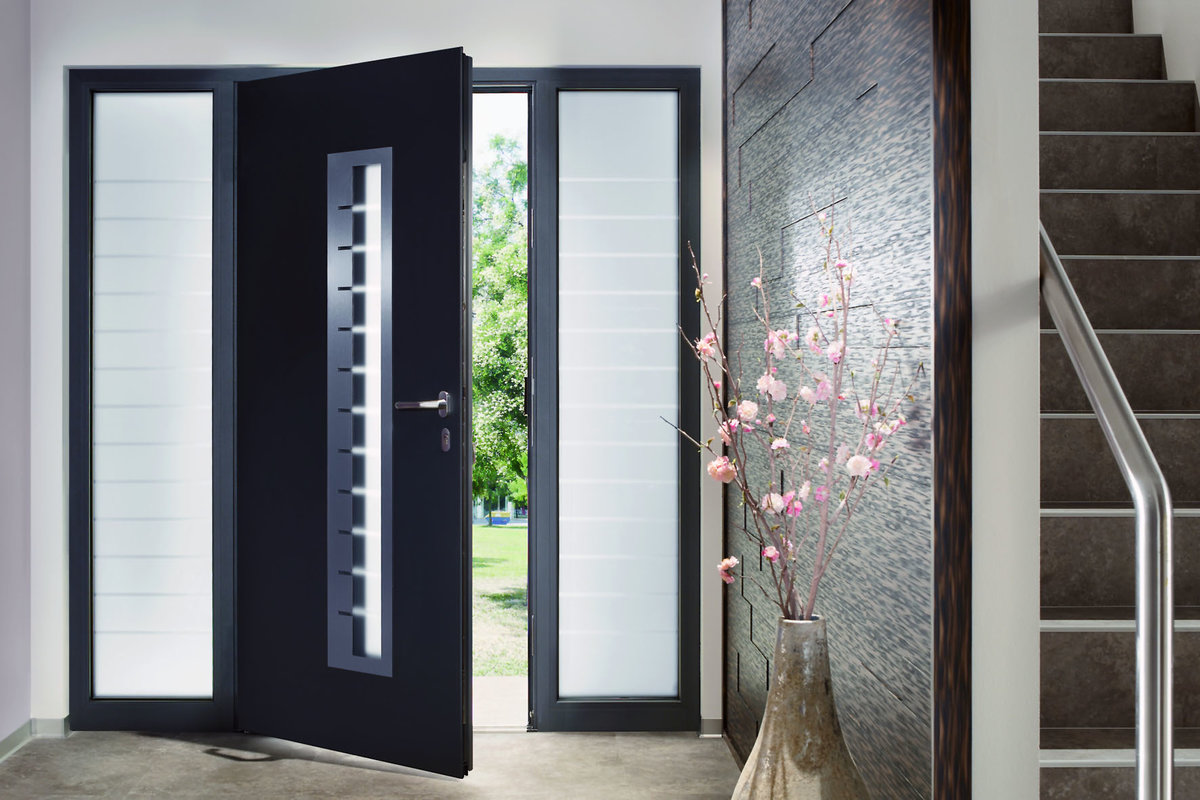
However, oil-based paints are better at preventing rust, so if your home has a lot of snow and rain, you may need to reapply the paint after a few years.
White vinegar may be applied to the rust as one method.
For around 30 minutes, you may let the white vinegar lie on the rust.
You should see that the vinegar’s acidity is dissolving the rust.
After that, you may wipe away the white vinegar with a clean towel.
Another option is to cover the rust with a paste made of baking soda and water.
Spend around 30 minutes letting the baking soda paste soak on the rust.
The baking soda paste may then be gently scraped off and the rust is loosened using a clean cloth.
Use water and dishwashing detergent to wash the metal door for each of these techniques.
Make careful to completely dry the metal door.
Due to the moisture, you’ve added, you don’t want to allow further rust to form.
I don’t want all of your effort to go in vain!
Unquestionably, using WD-40 is a great way to get the rust off of many metals.
WD-40’s lubricating properties aid in removing rust that has built up on the surface of metals like metal doors.
The rust on the metal door may be treated by generously applying WD-40 and letting it set for at least 20 minutes.
The rust may then be scrubbed off using a wire brush or some equivalent abrasive instrument.
WD-40 is an anti-corrosive, so in addition to eliminating the rust from your metal door, it should also keep it from rusting again.
Cleaning and drying the door on a regular basis is one approach to prevent rust on metal doors.
Check the door to make sure there is no remaining rainwater on the metal door after a period of severe rain.
Cleaning it is necessary because dirt on the metal door may absorb and retain more water, which might cause rust to accumulate.
Sealing the door is another precaution to avoid harm.

